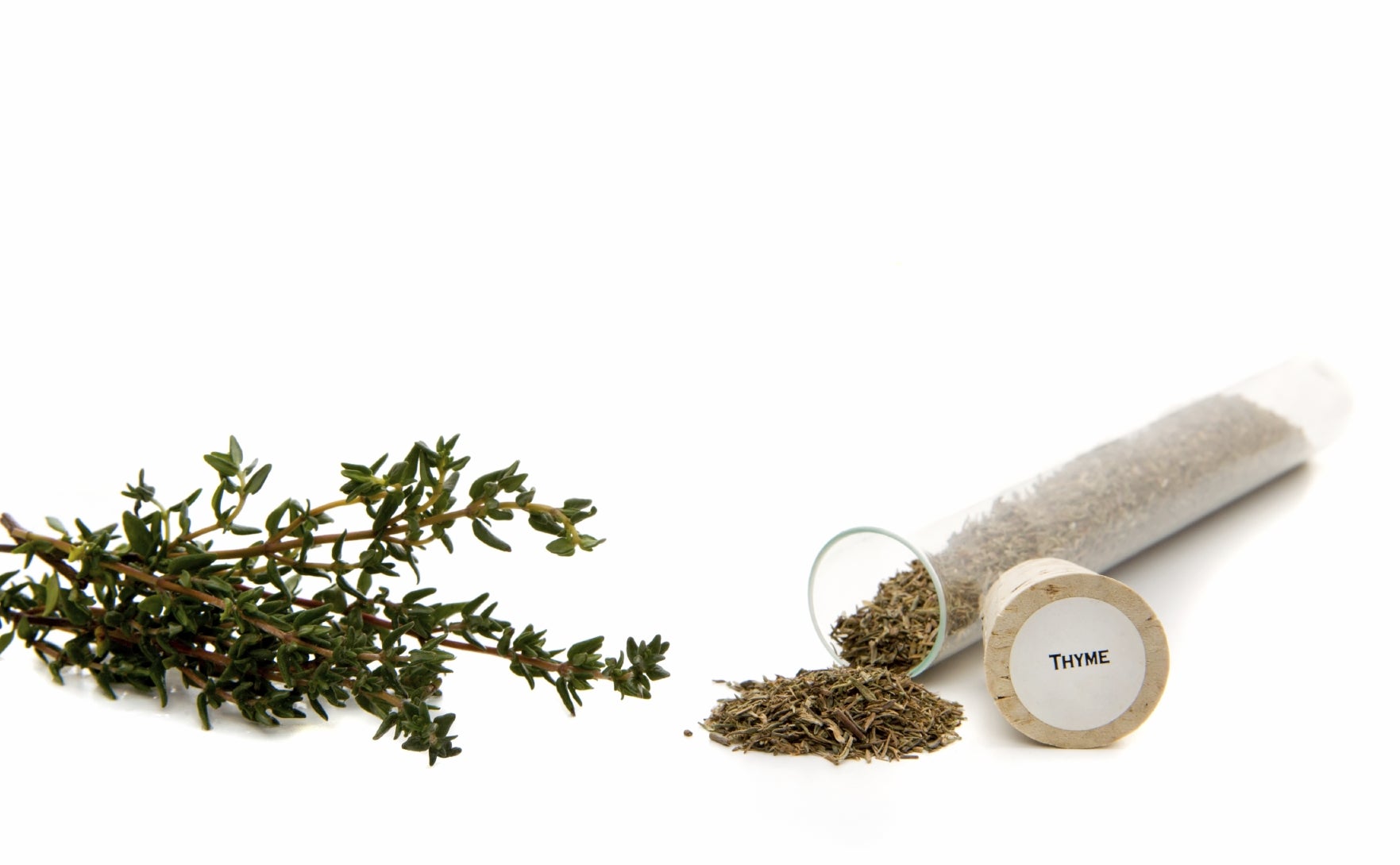
Thyme is an herb steeped in history with a wide range of uses not the least of which is culinary. Thyme was used by ancient Egyptians for embalming, as incense by the earliest Greeks, as a ward against nightmares, and even as a gift to foster courage among warriors during the Middle Ages. With such a plethora of applications, it is a “must have” for the herb garden. So how then does one propagate thyme?
Propagating Thyme Plants
Thyme propagation can be accomplished in a number of ways. It is a hardy little plant most commonly grown for its essence of thymol, which gives a distinct flavor to foods in cuisines from French (herbs de Provence) and Lebanese to Italian, Greek, Turkish, Portuguese, and even the Caribbean. This herb may be sprouted from seed with additional propagating of thyme plants accomplished via root division, cuttings, and even layering.
Thyme Seed Planting
Thyme plants can handle deep freezing conditions and are tolerant of drought. As such, they are easy herbs to grow in most regions. This member of the family Labiatae (Thymus vulgaris) will not only thrive in the herb garden, but also does well in containers and some varieties are especially suited to tight areas among pavers in well-trod patios or walkways. Thyme plants thrive in hot, sunny areas of well-drained soil (pH of 6.3) and should be sown by seed in the spring in a seed tray or directly into the garden. Keep young plants moist and thin to 6 inches (15 cm.) apart. Hardy in USDA zones 5 through 9, thyme will grow to around 12 inches (31 cm.) tall for upright cultivars and 10 to 12 inches (25-31 cm.) across. Thereafter, in most climates, the plant will grow as a perennial and, once established, requires very little watering and no fertilization.
Rooting Thyme Herbs
This little shrub-like herb may easily be divided or propagated through cuttings for supplementary plants. Propagate from root division during the spring months. Divide the little bush into smaller sections and make sure that each section has roots attached to it. Cuttings may also be taken in late spring for propagation of additional thyme plants. Take your thyme cutting at a node on the stem at a point where the leaves attach. This is where the root formations are most viable. Remove the lower leaves and then push the cut end into a container of moist soil mix, vermiculite, or perlite. Keep the pot in a warm, shaded area and keep slightly damp. Layering of thyme plants will also result in an easy propagation of the herb. Simply bend a stem down to the ground, remove the leaves from the stem, and cover it with soil. Water the bent section in lightly. To facilitate rooting, cut a small lesion just below a node on the buried stem. The mother plant will nourish the layered section until roots form on the bent stem, at which time it may be severed from the mother and, voila, a brand new thyme plant is formed. At that time, the plant may be moved into a container or other area of the garden. Useful in potpourris and sachets, as an antiseptic, in wreaths and floral arrangements, as well as in a variety of culinary creations from vinegar to herbal butter, stuffing, soups, breads, and teas, this herb is an easy plant to cultivate and propagate and integral to the herb garden.
Sign up for the Gardening Know How newsletter today and receive a free copy of our e-book "How to Grow Delicious Tomatoes".

Amy Grant has been gardening for 30 years and writing for 15. A professional chef and caterer, Amy's area of expertise is culinary gardening.
